И кроме всего прочего, не стоит ли относить любую из естественнонаучных глав к области истории той или иной естественной науки, что вообще-то принадлежит сфере гуманитарного знания? Все это немного похоже на урок физкультуры в старые добрые времена: оба тренера — «физик» и «лирик» — смотрят на рассевшихся перед ними кандидатов на место в команде и должны выбрать лучших игроков. Но куда причислить гуморальную теорию — к команде гуманитарных или естественных наук, — не совсем ясно.
И вот что еще: разве не началась всякая наука с философии? Люди пытались проникнуть в суть вещей, они хотели понять, как устроены мир и человеческое бытие. А для этого необходимо было разобраться в закономерностях и связях. И это было целью любой науки, и не важно о чем шла речь — о давно умерших цивилизациях или о структуре электрона. И на пути к этой цели науку не могут остановить рукотворные границы разнообразных дисциплин, ведь разделение на классы в данном случае искусственное, иначе и быть не может. Пропасть, которая в последние десятилетия разверзлась между науками, бессмысленна, и теперь нам придется строить мост через нее. Тот, кто всерьез настроен предстать перед полной и пестрой картиной нашего мира, должен принять во внимание оба взгляда на вещи — с позиций и гуманитарных, и естественных наук. Это означает, что нужно прислушаться друг к другу. И уметь просить друг друга о помощи, где это необходимо. И обмениваться мнениями — ведь смена угла зрения порой необходима, чтобы двигаться дальше.
Именно это мы и сделали: рассказали о мире, каким он представляется каждому из «противоборствующих» лагерей, поделились интересными историями и фактами из области разных наук. И по ходу дела поняли, что у нас — хотя в руках у одних пробирка, а у других папирус — больше общего, чем это представлялось вначале.
Источники
Abegg, Tilmann u. Koch, Oliver: Putzfrau zerstört 800 000-Euro-Kunstwerk, in: RuhrNachrichten.de, 3. 11. 2011.
Acocella, Joan: The forbidden world, in: The New Yorker, 25. 09. 2008.
Adut, Ari: A Theory of Scandal: Victorians, Homosexuality, and the Fall of Oscar Wilde, in: American Journal of Sociology, Vol. 111, No. 1 (2005), S. 213–248.
Aitken, Robert et al.: Sir Edward Carson Cross-Examines Oscar Wilde, in: Litigation, Vol. 30, No. 3 (2003), S. 51–67.
Alexander, Rajani: Oscar Wilde: A Sense of History, in: India International Centre Quarterly, Vol. 11, No. 1 (1984), S. 75–80.
Allen, Garland E.: Mendel and modern genetics: the legacy for today, in: Endeavour, Vol. 27, No. 2 (2003).
Amberger, Annelies: Reichskleinodien und Hakenkreuz: Heilige Insignien und bildhafte Symbole im Dienste der Nationalsozialisten, in: Marburger Jahrbuch für Kunstwissenschaft, Vol. 38 (2011), S. 271–334.
Arnol’d, V. I.: Huygens and Barrow, Newton and Hooke, Basel 1990.
Babb, James T.: William Beckford of Fonthill, in: The Yale University Library Gazette, Vol. 41, No. 2 (1966), S. 60–69.
Bachrach, Bernard S.: On the Origins of William the Conqueror’s Horse Transports, in: Technology and Culture, Vol. 26, No. 3 (1985), S. 505–531.
Barlow, Philip L.: Joseph Smith’s Revision of the Bible: Fraudulent, Pathologic, or Prophetic? in: The Harvard Theological Review, Vol. 83, No. 1 (1990), S. 45–64.
Barrett, Anthony A.: Agrippina, Mother of Nero, London 1996, S. 181.
Barrett, Anthony A.: Agrippina: Sex, Power, and Politics in the Early Empire, New Haven 1998.
Bayerische Landesbibliothek Online: Quellen zu Leben und Zeit Ludwigs II., siehe: www.bayerische-landesbibliothek-online.de/ludwigii-quellen#1886.
Bearman, C. J.: An Examination of Suffragette Violence, in: The English Historical Review, Vol. 120, No. 486 (2005), S. 365–397.
Beauchamp, Christopher: Who Invented the Telephone? Lawyers, Patents, and the Judgements of History, in: Technology and Culture, Vol. 51 (2010).
Blain, Bodil B.: Melting Markets: The Rise and Decline of the Anglo-Norwegian Ice Trade, in: Working Papers of the Global Economic History Network, No. 20 (2006).
Bösch, Frank: Mediengeschichte. Vom asiatischen Buchdruck zum Fernsehen, Frankfurt/New York 2011.
Brock, Thomas: Wunderwaffen aus dem Kloster, in: Süddeutsche Zeitung, 30. 07. 2014.
Bullough, Bonnie et al.: Cross-Dressing, Sex, and Gender. Philadelphia 1993.
Carney, Elizabeth: The Politics of Polygamy: Olympias, Alexander and the Murder of Philip, in: Historia: Zeitschrift Für Alte Geschichte Vol. 41, No. 2 (1992), S. 169—89.
Castle, William, Drinker, Cecil et al.: Necrosis of the Jaw, in: Journal of Industrial Hygiene, Vol. 7 (1925).
Catania, Basilio: Antonio Meucci: How electrotherapy gave birth to telephony, in: European Transactions on Telecommunications, Vol. 14 (2003).
Coe, Lewis: The Telephone and its Several Inventors: A History, Jefferson 2016.
Copeland, B. Jack: The Essential Turing, Oxford 2004. Coping with Exogenous Shocks in the Late Sixteenth and Early Seventeenth Centuries, in: The Medieval History Journal, No. 10 (2007), S. 33–73.
Cowell, Alan: After 350 Years, Vatican Says Galileo Was Right: It Moves, in: The New York Times, 10. 10. 1992.
Demhardt, Imre Josef: Alfred Wegener’s Hypothesis on Continental Drift and Its Discussion, in: Polarforschung, Vol. 75 (2006).
Dew, Charles B.: How Samuel E. Pittman validated Lee’s «Lost Orders» prior to Antietam: A Historical Note, in: The Journal of Southern History, Vol. 70, No. 4 (2004), S. 865–870.
Die Kinder der Moderne, in: Cicero, siehe: cicero.de/salon/diekinder- der-moderne/44365.
Dlugaiczyk, Martina: Fälschung, Plagiat und Kopie: Künstlerische Praktiken in Mittelalter und Früher Neuzeit, in: H-Net Reviews (Juli 2013).
Dronsfield, Alan u. Ellis, Pete: Radium — a key element in early cancer treatment, in: Education in Chemistry (2011).
Edgington, Brian: Waterton: A Biography, Cambridge 1996.
Edison, Thomas A.: The Dangers of Electric Lighting, in: The North American Review, Vol. 149 (1889).
Einstein, Albert: Bemerkung zu Abrahams vorangehender Auseinandersetzung «Nochmals Relativität und Gravitation», in: Annalen der Physik (1912).
Farmelo, Graham: Der seltsamste Mensch, Berlin 2016.
Fesler, James W.: The Commemoration of Antietam and Gettysburg, in: The Indiana Magazine of History, Vol. 35, No. 3 (1939), S. 237–260.
Fick, Monika: Lessing-Handbuch, Stuttgart 2004.
Читать дальше
Конец ознакомительного отрывка
Купить книгу
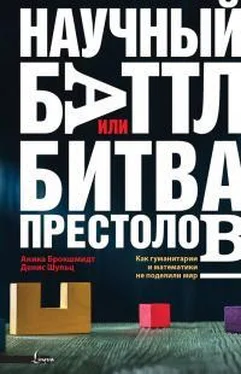
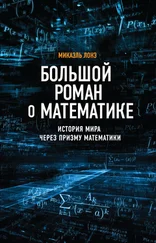

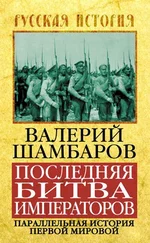

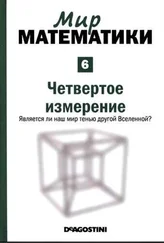
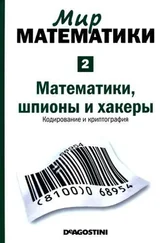

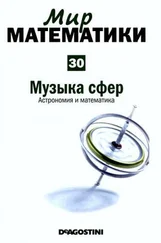

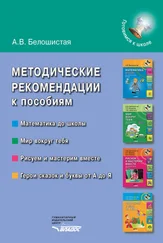
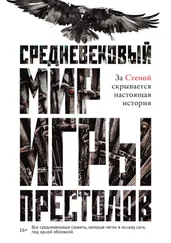
![Андрей Фурсов - Мир «Игры престолов» — это мир подлости, разврата и жестоких пыток [«Игра престолов» как проект будущего]](/books/414278/andrej-fursov-mir-igry-prestolov-eto-mir-podlo-thumb.webp)